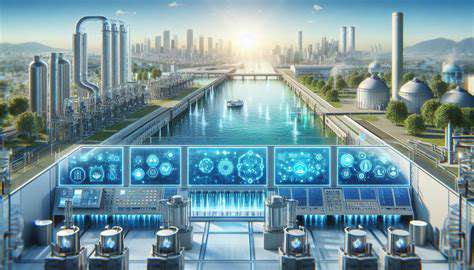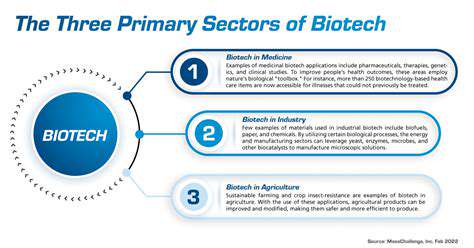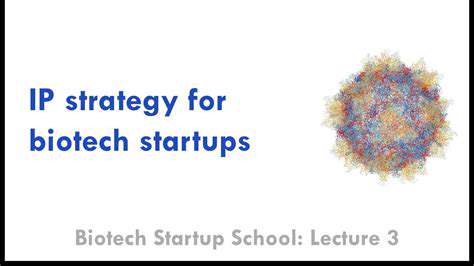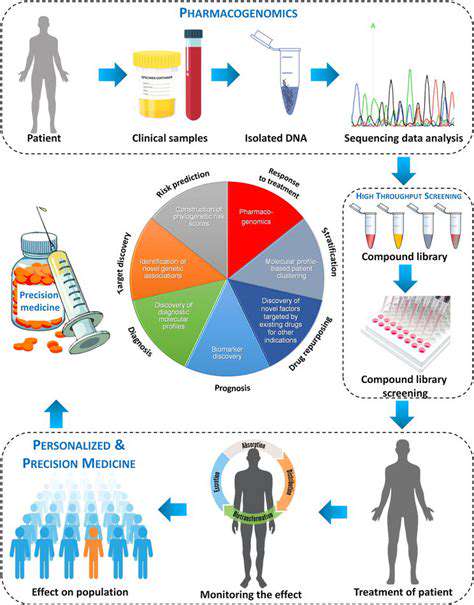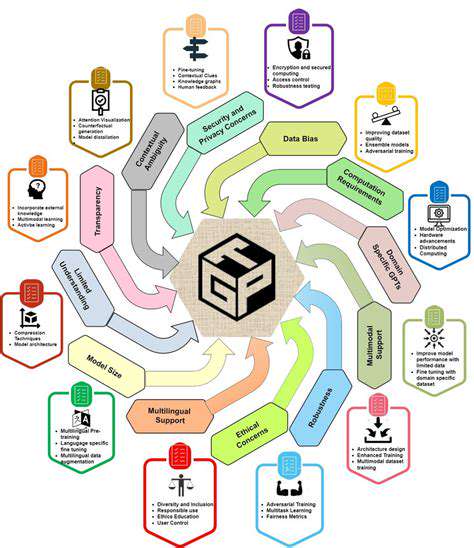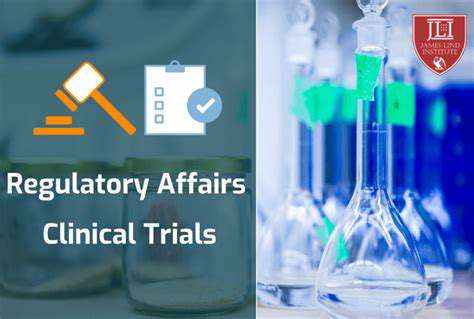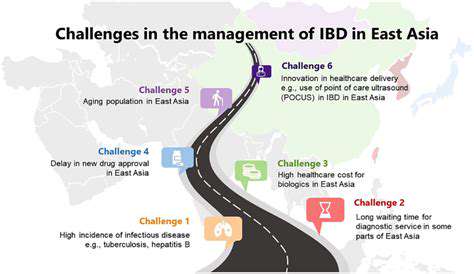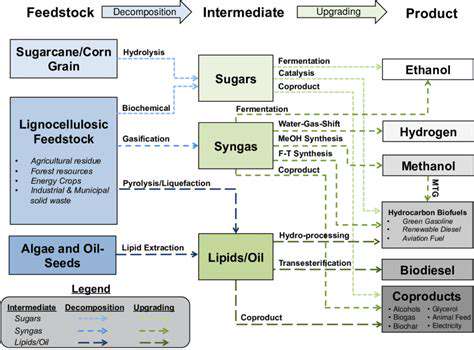Enzymatic Degradation of Pollutants
Biological processes offer a powerful approach to water purification, leveraging the natural ability of enzymes to break down harmful pollutants. Specific enzymes, often derived from microorganisms, are tailored to target various contaminants, such as pesticides, herbicides, and industrial chemicals. This enzymatic degradation process effectively transforms these pollutants into less harmful substances, offering a sustainable and environmentally friendly alternative to conventional chemical treatments. The process can be further optimized by controlling environmental factors like temperature and pH to enhance enzymatic activity and efficiency.
This targeted breakdown of pollutants minimizes the risk of secondary contamination and reduces the overall environmental impact compared to traditional methods. Researchers are constantly exploring new enzyme sources and improving the efficiency of these enzymatic reactions, paving the way for more effective and targeted water purification strategies.
Microbial Bioremediation
Microorganisms, including bacteria and fungi, play a crucial role in bioremediation, the process of using living organisms to remove or neutralize pollutants. These microscopic organisms possess the remarkable ability to metabolize a wide range of organic and inorganic contaminants, converting them into less harmful substances. This naturally occurring process is a key component in many ecosystems, and it can be harnessed for the remediation of contaminated water sources.
The specific microbial communities used in bioremediation can be carefully selected and engineered to target specific pollutants. This targeted approach optimizes the process and minimizes the risk of unintended consequences. Furthermore, the use of microorganisms can be a cost-effective solution compared to conventional methods, making it a promising approach for large-scale water purification projects.
Phytoremediation: Utilizing Plants for Clean Water
Phytoremediation harnesses the power of plants to remove contaminants from water. Certain plant species exhibit a remarkable ability to absorb and accumulate heavy metals, pesticides, and other pollutants from the surrounding soil and water. This natural process can significantly reduce pollution levels, making it an attractive and sustainable approach.
The process of phytoremediation often involves the careful selection of plant species with high uptake capacity for specific contaminants. This targeted approach ensures that the plants effectively remove pollutants from the water, minimizing the need for additional treatment steps. Furthermore, phytoremediation can be integrated into existing agricultural practices, offering a cost-effective and environmentally friendly solution.
Activated Sludge Process: A Wastewater Treatment Standard
The activated sludge process is a well-established wastewater treatment method that utilizes microorganisms to remove organic pollutants from wastewater. This process relies on the growth and activity of specific microorganisms in the wastewater, which break down organic matter and convert it into less harmful substances. This method is widely used in municipal wastewater treatment plants worldwide.
The activated sludge process offers a cost-effective and reliable way to treat wastewater, reducing the amount of harmful organic material that can enter water bodies. The process is often enhanced by providing optimal conditions for microbial growth and activity, ensuring efficient pollutant removal. This approach is a fundamental component of modern wastewater treatment infrastructure.
Algal Biofiltration: A Sustainable Water Purification Technique
Algal biofiltration utilizes the photosynthetic capabilities of algae to remove pollutants from water. These microscopic organisms can absorb and accumulate various contaminants, including heavy metals and nutrients, through a process of bioaccumulation. This technology offers a sustainable and promising approach to water purification.
The use of algae in water purification can be particularly effective in removing excess nutrients like nitrogen and phosphorus from wastewater, preventing eutrophication and protecting aquatic ecosystems. Furthermore, algae can be cultivated in a controlled environment, making the process efficient and scalable for large-scale applications.
Advanced Oxidation Processes (AOPs): Combining Biological and Chemical Methods
Advanced oxidation processes (AOPs) offer a powerful combination of biological and chemical methods for water purification. These technologies use highly reactive species, such as hydroxyl radicals, to degrade a wide range of organic pollutants. This process can effectively oxidize and mineralize complex organic compounds into simpler, less harmful substances.
AOPs can be integrated with biological processes to enhance the overall efficiency of water purification. For example, AOPs can be used to pre-treat wastewater before it enters a biological treatment system, improving the performance and reducing the load on the biological treatment stage. This synergy between chemical and biological approaches provides a comprehensive and effective solution for water purification.
Microbial Remediation: Nature's Tiny Cleaners
Harnessing the Power of Microorganisms
Microbial remediation, a cornerstone of biotechnology in water treatment, leverages the inherent capabilities of microorganisms to break down pollutants and contaminants. These tiny organisms, ranging from bacteria and fungi to archaea, possess an astonishing array of enzymatic tools that can degrade a wide spectrum of organic and inorganic substances. Understanding and manipulating these natural processes is crucial for effectively addressing water pollution problems.
By introducing specific microbial communities or genetically engineered strains to contaminated water, we can accelerate the biodegradation process. This approach offers a potentially cost-effective and environmentally friendly alternative to traditional chemical treatment methods, often minimizing secondary pollution.
Bioaugmentation: Enhancing Microbial Activity
Bioaugmentation involves introducing specific microorganisms, often genetically engineered strains, into a contaminated environment to enhance their ability to degrade pollutants. This targeted approach can accelerate the biodegradation process, particularly when dealing with complex or recalcitrant contaminants. Researchers are constantly developing new strains with improved capabilities for specific pollutant removal, bolstering the effectiveness of this technique.
Careful consideration of the environmental conditions and the specific characteristics of the contaminant is crucial for successful bioaugmentation. The introduced microorganisms must be able to thrive in the existing environment and effectively break down the targeted pollutant.
Biostimulation: Providing Essential Nutrients
Biostimulation, on the other hand, focuses on optimizing the conditions for existing microbial communities to thrive and degrade pollutants. This involves increasing the availability of essential nutrients like oxygen, nitrogen, and phosphorus, which are critical for microbial growth and activity. By providing the necessary sustenance, we can stimulate the natural biodegradation processes already present in the water body.
The effectiveness of biostimulation often depends on the specific characteristics of the contaminated water, including the concentration and type of pollutants, as well as the environmental factors such as temperature and pH. Careful monitoring and adjustments are needed to ensure optimal conditions for microbial growth and activity.
Bioremediation of Specific Pollutants
Microbial remediation isn't limited to a single type of pollutant. Bacteria, fungi, and other microorganisms can be utilized to address a wide range of contaminants, including petroleum hydrocarbons, pesticides, solvents, and heavy metals. The specific microorganisms employed and the strategies used for remediation depend on the nature and characteristics of the pollutant.
Research is continually focused on identifying and developing new microbial agents capable of degrading novel or emerging pollutants. This proactive approach is critical for mitigating the impact of evolving environmental threats.
Microbial Remediation in Different Environments
The application of microbial remediation extends beyond water treatment. These processes can be applied to soil remediation, air purification, and even industrial wastewater treatment. Understanding how microorganisms interact with different environmental matrices is crucial for optimizing the effectiveness of these techniques.
The principles of bioaugmentation and biostimulation can be adapted and applied to diverse scenarios, showcasing the versatility and broad applicability of microbial remediation technologies.
Cost-Effectiveness and Sustainability
Compared to traditional chemical remediation methods, microbial remediation often offers a more cost-effective and sustainable approach. The use of naturally occurring microorganisms minimizes the need for external inputs and reduces the generation of harmful byproducts. This approach is increasingly recognized for its potential to contribute to a more environmentally responsible and economically viable water treatment strategy.
Furthermore, the inherent ability of microorganisms to degrade pollutants in situ, without the need for extensive transportation or processing, makes it a very environmentally friendly solution.
Future Directions and Challenges
The field of microbial remediation continues to evolve, with ongoing research focused on optimizing existing techniques and developing new strategies for removing complex and emerging contaminants. Further research is crucial to understand the interactions between microorganisms and pollutants in diverse environments to enhance the effectiveness and efficiency of these methods.
Addressing the challenges associated with scaling up microbial remediation technologies for large-scale applications and ensuring the long-term sustainability of these processes remains a key focus for future research and development.
Few people realize how much water goes into producing everyday foods. Whether it's potatoes or steaks, enormous amounts of water are required - not just for irrigation but also for livestock care and food processing. This invisible water cost affects our environment more than we realize, particularly as water shortages become more common worldwide.
